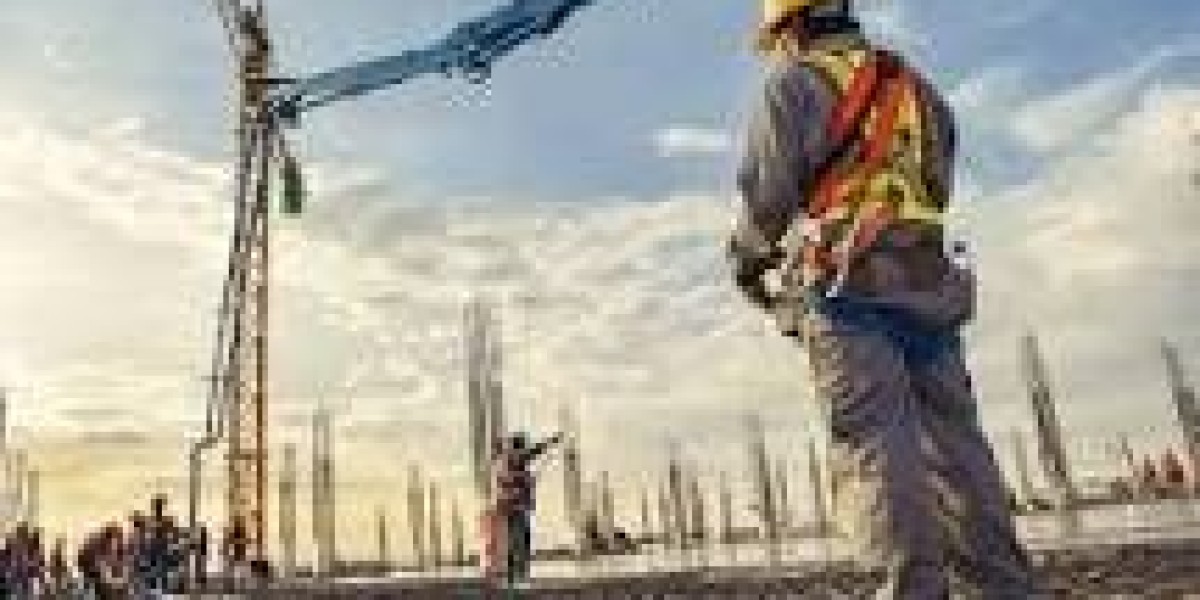In the dynamic and ever-evolving world of construction, the men and women who toil on building sites are the unsung heroes shaping our urban landscapes. However, their work comes with inherent health hazards that demand vigilant attention and robust safety measures. This article explores the critical aspects of protecting building site workers from potential health risks, emphasizing the importance of a comprehensive approach to ensure their well-being.
Personal Protective Equipment (PPE): The First Line of Defense
The cornerstone of safeguarding construction workers is the proper use of Personal Protective Equipment (PPE). Hard hats, safety glasses, steel-toed boots, gloves, and high-visibility clothing are not merely accessories; they are essential tools that shield workers from various hazards. Employers must prioritize the provision of high-quality, well-fitted PPE and enforce its consistent use on site.
Training and Education: Empowering Workers with Knowledge
Knowledge is power, and when it comes to construction site safety, education is paramount. Workers should receive comprehensive training on potential hazards, safe work practices, and emergency procedures. Regular refresher courses and toolbox talks contribute to a safety-conscious culture, empowering workers to make informed decisions and respond effectively in critical situations.
Health Monitoring and Surveillance
Regular health check-ups and surveillance programs are crucial for identifying and addressing health issues early on. Exposure to dust, chemicals, and noise on construction sites can have long-term health consequences. Implementing routine health screenings not only ensures the well-being of workers but also aids in the prevention of occupational diseases.
Air Quality Management
Airborne contaminants are a significant concern on construction sites. Dust from concrete, silicosis, and other construction materials can pose serious respiratory risks. Employers should invest in effective dust control measures such as proper ventilation, dust extraction systems, and the use of water suppression methods. Monitoring air quality regularly and providing respiratory protection when needed are essential components of a comprehensive health and safety strategy.
Noise Control Measures
Construction sites are notorious for their cacophony of heavy machinery and tools. Prolonged exposure to high noise levels can result in hearing loss and other adverse health effects. Implementing noise control measures, such as sound barriers and ear protection, is crucial. Additionally, scheduling noisy activities during designated hours and creating quiet zones can minimize the impact on workers' hearing health.
Fall Prevention and Fall Protection Systems
Falls are a leading cause of injuries and fatalities on construction sites. Implementing robust fall prevention measures, including guardrails, safety nets, and personal fall arrest systems, is imperative. Comprehensive training on the proper use of fall protection equipment and regular inspections of elevated work areas contribute to a safer working environment.
Musculoskeletal Health: Ergonomics and Manual Handling Training
The physical demands of construction work place significant stress on the musculoskeletal system. Employers should prioritize ergonomic design in tools and equipment, and workers should receive training on proper manual handling techniques. Implementing rotation of tasks and providing adequate rest breaks can mitigate the risk of musculoskeletal disorders and injuries.
Emergency Response and First Aid Training
In the event of an accident or sudden health crisis, timely and effective response is critical. All construction site workers should undergo basic first aid training, and readily accessible first aid kits should be strategically placed throughout the site. Emergency response drills should be conducted regularly to ensure that workers are prepared to handle unforeseen situations.
Conclusion
Construction site workers are the backbone of urban development, and their health and safety should be a top priority. Employers, regulators, and workers themselves play pivotal roles in creating a culture of safety that permeates every corner of the construction industry. By investing in quality PPE, providing thorough training, monitoring health, and implementing targeted safety measures, we can ensure that those who build our cities do so with confidence and well-being. After all, a safe and healthy workforce is not just a regulatory requirement; it's a moral obligation to the individuals who dedicate their skills and efforts to shaping the world around us.
Contact us :
https://www.facebook.com/vsconstructions.org/
|
https://twitter.com/vsconstruction8
|
RELATED POSTS
https://www.vsconstructions.org/what-to-consider-when-finding-the-best-roofer/
https://www.vsconstructions.org/how-led-strips-are-wired/
https://www.vsconstructions.org/phases-of-a-construction/
https://www.vsconstructions.org/how-to-protect-your-store-from-fires/









